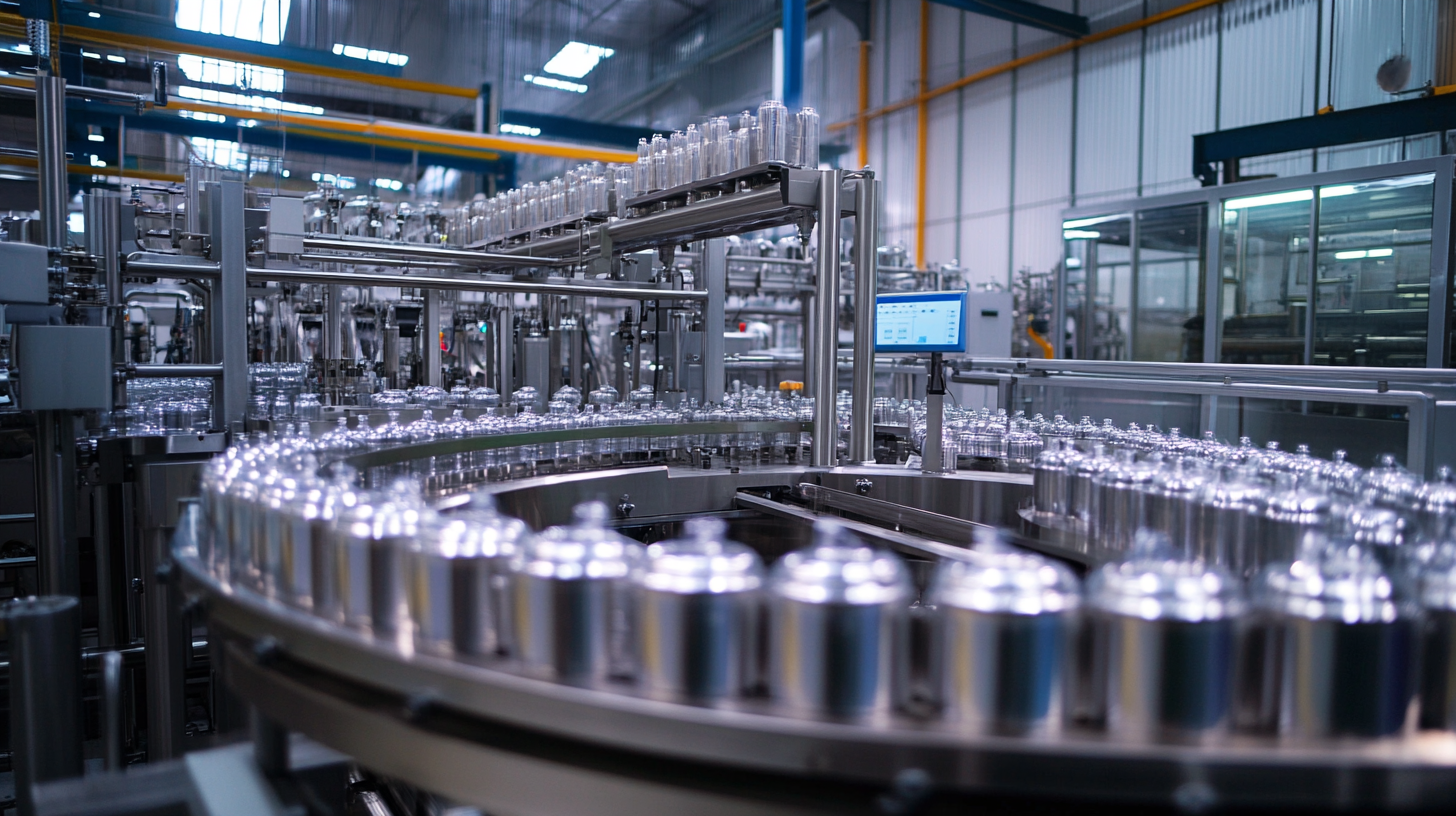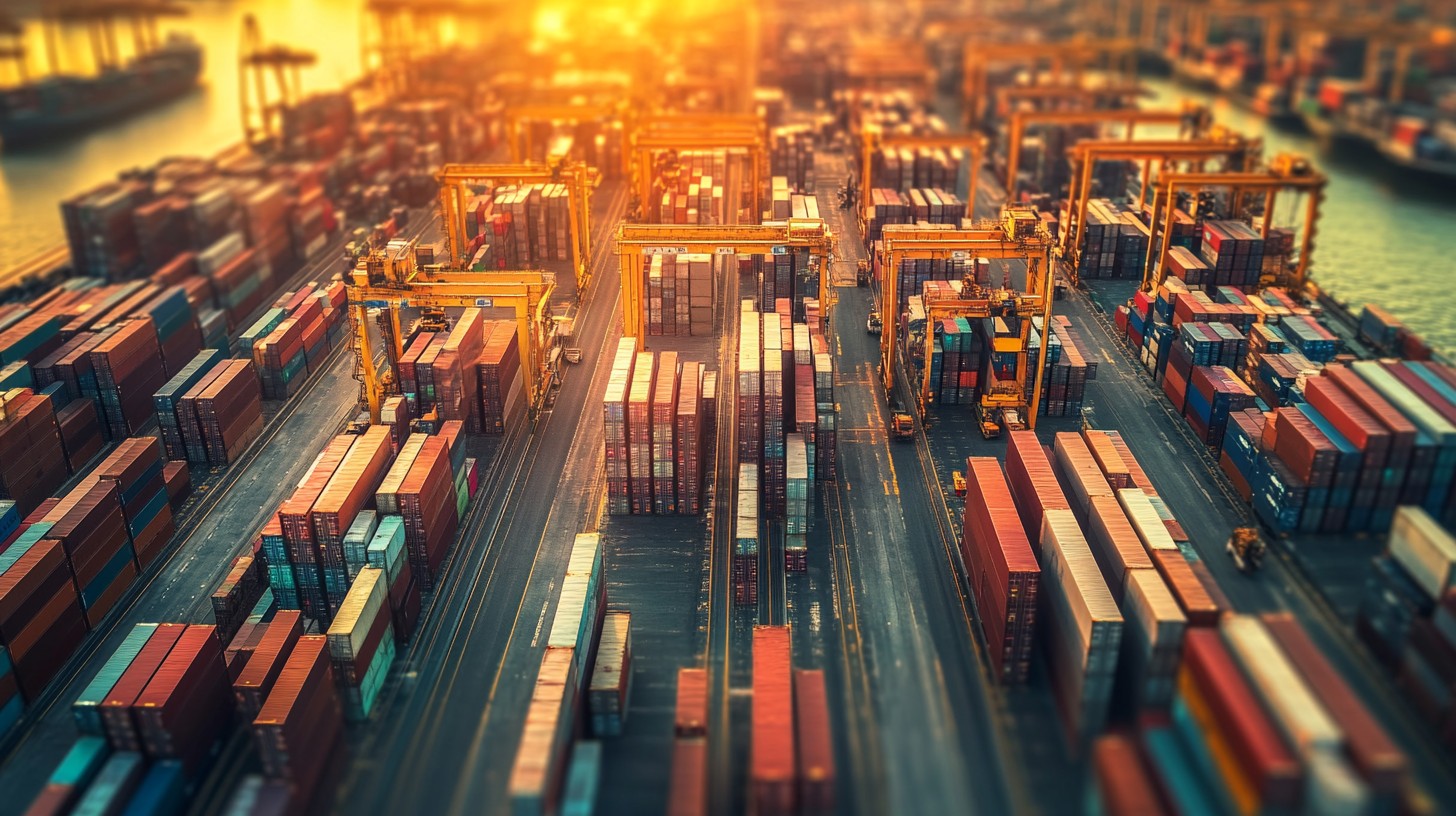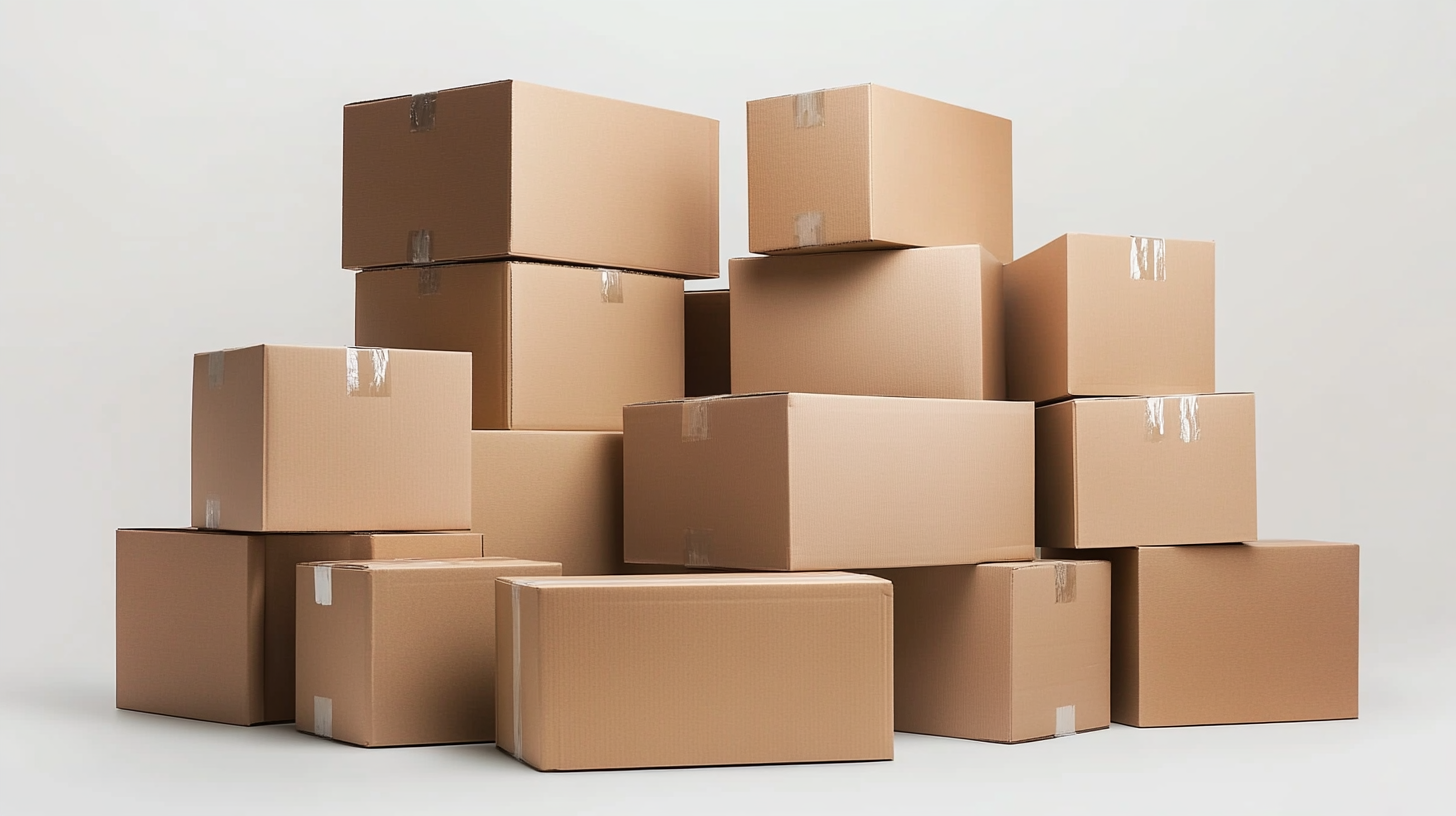Understanding Challenges in Sourcing Packaging Machines for Global Supply Chains
In today's globalized marketplace, the efficient operation of supply chains hinges on the seamless integration of advanced technology, particularly in the realm of packaging machines. As businesses strive to meet the ever-increasing demands for speed, flexibility, and sustainability, the selection and sourcing of these machines become paramount. However, the pursuit of the ideal packaging solution is fraught with challenges, from navigating complex international regulations to managing supply chain disruptions.
Understanding these challenges is essential for businesses looking to optimize their packaging operations to remain competitive. As companies scale their production and expand their reach, they must be equipped to tackle obstacles such as varying regional needs, technological advancements, and sourcing reliability. This blog aims to shed light on the intricacies involved in sourcing packaging machines, offering insights and strategies to help manufacturers and suppliers navigate these complexities effectively.

Identifying Key Factors in Sourcing Packaging Machines for Global Markets
In the rapidly evolving landscape of global markets, sourcing packaging machines effectively has become imperative for manufacturers aiming to streamline their operations and enhance product delivery. As businesses expand internationally, they encounter various challenges, such as the need for compatibility with local regulations, adaptation to consumer preferences, and the integration of advanced technologies. According to a recent report by Allied Market Research, the global packaging machinery market is expected to reach $60 billion by 2025, highlighting the increasing demand for sophisticated packaging solutions tailored to diverse markets. Key factors influencing the sourcing of packaging machines include technological advancements and sustainability initiatives. Companies are now prioritizing machines that not only meet efficiency standards but also align with environmentally friendly practices. Research from Smithers Pira indicates that the market for sustainable packaging could reach $400 billion by 2024, prompting manufacturers to rethink their sourcing strategies to incorporate eco-friendly options. Furthermore, the integration of automation and Industry 4.0 technologies is playing a significant role in enhancing operational efficiencies, leading to a shift in sourcing criteria among businesses. Additionally, geopolitical dynamics and supply chain dependencies are influencing the sourcing landscape. The semiconductor industry in Malaysia, for example, underscores the interconnectedness of global supply chains, especially given its pivotal role in technology manufacturing. As businesses navigate these complexities, understanding the local market conditions and international trade regulations becomes essential in making informed decisions regarding packaging machinery. This multifaceted approach to sourcing reflects the broader trends in global supply chains, where adaptability and strategic foresight are key to staying competitive.

Navigating Regulatory Compliance in Packaging Machinery Acquisition
When acquiring packaging machinery for global supply chains, navigating regulatory compliance is a fundamental challenge that organizations must address. Different countries have distinct regulations concerning machinery safety, environmental impact, and operational efficiency. Companies must ensure that the packaging machines they source not only meet local standards but also adhere to the requirements of all regions they operate in. This involves understanding complex regulatory frameworks, which can vary widely from one jurisdiction to another.
Furthermore, compliance is not just about meeting legal requirements; it’s also about maintaining brand integrity and ensuring consumer safety. Non-compliance can lead to costly fines, disruption of operations, and damage to reputation. Therefore, businesses need to invest time in researching the regulatory landscape of target markets before procurement. This may include working closely with legal experts or consultants who specialize in international regulations to ensure that all packaging machinery complies with industry standards.
Additionally, the evolving nature of regulations requires companies to stay informed and agile. Innovations in packaging technology often lead to new regulatory considerations, particularly regarding sustainability and waste management. Companies must be prepared to adapt their sourcing strategies and be proactive in understanding how upcoming regulations may impact their operational processes and packaging choices. In this dynamic landscape, a robust compliance strategy not only helps mitigate risks but also positions companies as responsible leaders in the global supply chain community.

Assessing the Impact of Supply Chain Disruptions on Sourcing Decisions
Supply chain disruptions have become a significant concern for businesses globally, impacting sourcing decisions crucial for packaging machinery in various industries. Environmental shocks, geopolitical tensions, and economic fluctuations are intensifying these challenges. For instance, as highlighted in recent discussions, the ripple effects of supply chain disruptions from events like the COVID-19 pandemic continue to resonate, underscoring the need for resilience in sourcing strategies. Companies are now recognizing that agility and the ability to adapt to unforeseen circumstances are vital to maintaining operational efficiency.
The integration of technology, such as digital procurement solutions, is paving the way for enhanced supply chain management. Leaders in the field, like Vickram Srivastava from SUN Pharma, emphasize the importance of leveraging such innovations to mitigate risks associated with supply chain interruptions. As businesses strive for cost-efficiency, resilience, and sustainability, they must navigate the complexities introduced by socio-political dynamics and environmental variability. The ongoing "great supply chain reset" underscores the urgency for firms to rethink their sourcing approaches, ensuring they remain robust amidst the uncertainties of 2023 and beyond.
To effectively address these challenges, companies will need to implement comprehensive risk management solutions that enable them to identify potential disruptions early and strategize accordingly. This proactive approach ensures that firms not only survive but thrive, regardless of the turbulent external environment. By embracing new technologies and adopting a flexible mindset, businesses can better position themselves to overcome the inevitable disruptions that lie ahead.

Evaluating Technological Advancements in Packaging Equipment Procurement
In today’s rapidly evolving global supply chains, the procurement of packaging equipment has transcended traditional methods, necessitating a thorough evaluation of technological advancements. The global packaging machinery market is projected to reach $60 billion by 2026, growing at a CAGR of 4.2% from 2021 to 2026, according to a report by Markets and Markets. This growth is primarily driven by the increasing demand for packaged goods across various industries, including food and beverage, pharmaceuticals, and consumer goods. As such, organizations must leverage cutting-edge technologies to stay competitive.
One significant advancement is the integration of automation and robotics in packaging processes. A recent study by Smithers Pira highlights that automating packaging lines can result in productivity improvements of up to 30%. This shift not only enhances efficiency but also reduces labor costs, thereby optimizing the procurement strategy. Furthermore, the adoption of Industry 4.0 principles, encompassing data analytics and IoT, facilitates real-time monitoring and predictive maintenance of packaging machinery, minimizing downtime and enhancing operational efficacy.
Additionally, sustainability has emerged as a critical factor influencing packaging equipment procurement. According to a report from Nielsen, 73% of global consumers are willing to pay more for sustainable packaging. As a result, suppliers are now developing equipment capable of handling eco-friendly materials, which is essential for businesses aiming to align with environmental regulations and consumer preferences. Embracing these technological advancements is vital for companies looking to streamline their supply chains while meeting market demands efficiently.
Strategies for Building Strong Relationships with Packaging Machinery Suppliers
Building strong relationships with packaging machinery suppliers is crucial in today's volatile global supply chain landscape. The disruptions caused by events such as the COVID-19 pandemic and geopolitical tensions have highlighted the need for businesses to foster collaborative partnerships with their suppliers. By engaging in transparent communication and mutual support, companies can not only enhance their operational resilience but also mitigate risks associated with supply chain interruptions.
One effective strategy for cultivating these relationships is through regular face-to-face interactions, whether in-person or virtual. Hosting joint workshops and training sessions can help both parties gain a deeper understanding of each other's processes and expectations. Additionally, sharing insights about market trends and challenges can position the supplier as a trusted advisor, which is invaluable in navigating the complexities of sourcing packaging machines.
Moreover, embracing sustainability initiatives can further strengthen supplier relationships. As businesses increasingly prioritize environmental responsibility, collaborating with suppliers who share similar values can lead to innovative solutions that benefit both parties. This mutual commitment to sustainable practices not only enhances brand reputation but also aligns with the growing demand for ethical sourcing in the global marketplace. Focusing on these strategic partnerships will be essential for businesses aiming to thrive amidst ongoing supply chain challenges.
